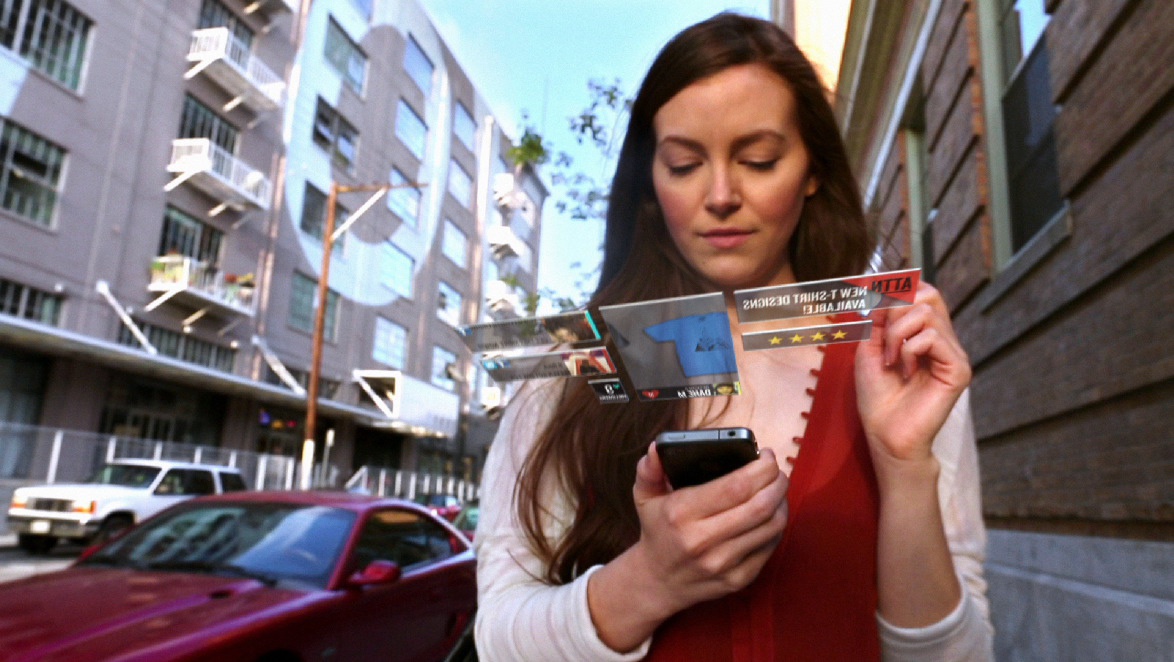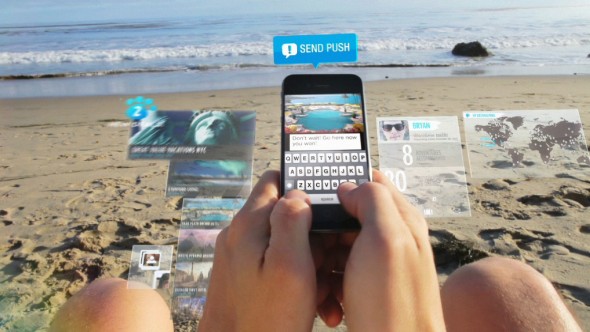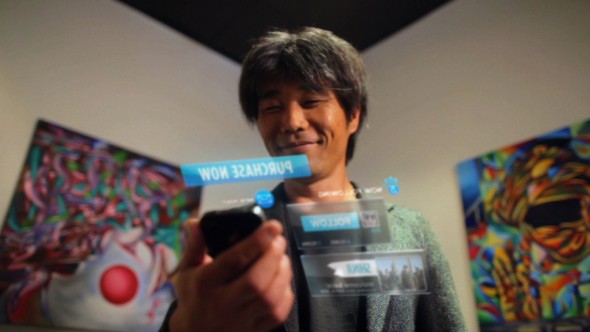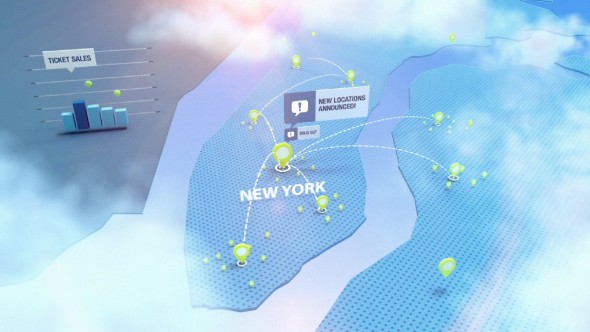Mixed-Media Studio Roger Uses C4D to Show an App Creator’s Global Reach
The world may be vast, but it’s also highly mobile. If you have the right tools, the possibilities are endless. That’s the message of the 60-second spot LA-based mixed-media production studio Roger created for Mobile Roadie. Part of the app creator’s recent global campaign, the spot showcases Mobile Roadie’s customizable, self-service apps for individuals and businesses.
Roger’s Creative Director, Terence Lee, led the team behind the spot, which won a 2012 Silver Telly Award. As a longtime friend of Mobile Roadie founder and creative director Brock Batten, Lee brought a strong understanding of the brand to the project, which took Roger three weeks to complete using Maxon Cinema 4D, Autodesk Maya, Adobe After Effects and Pixel Farm PFTrack for 3D camera tracking.
The fast-paced spot primarily relies on motion graphics and 2D & 3D animation to demonstrate Mobile Roadie’s reach and functionality. “Mobile Roadie needed a spot that was going to reintroduce them to the world as being the definitive provider of mobile apps for small businesses,” Lee explains.
“The goal was to show how Mobile Roadie makes the platform more accessible to everyone, including small business owners who can sign up for the service, allowing them to literally have a global presence in the business world.”
The World At Your Fingertips
Because mobile apps are usually found on small screens that wouldn’t come across well in a broadcast spot, Roger worked closely with Batten to create live-action scenes to feature Mobile Roadie capabilities on a larger scale. As the people in the spot use their mobile devices, screens extend out into 3-dimensional space using glass-like panels to display various forms of data and app information.
The enhanced graphic look speaks to the exciting capabilities of Mobile Roadie’s apps, Lee says. “It was a way for us to show the tools that Mobile Roadie offers. And we showed the nuts and bolts of the app, but we also showed the big picture conceptually.”
Roger chose Jon Hyde of Boxer Films as the spot’s co-director. Hyde, who has worked with Roger on other projects, is known for his beautiful, naturalistic lifestyle photography, making him a perfect fit for the "on-the-go" aesthetic of the spot. “This is more of a documentary-style, lifestyle piece, and a lot of our shots were handheld since we were following people as they moved about,” says Roger Executive Producer Drew Neujahr.
Making Connections
Many of the elements seen on the screens were based on Mobile Roadie’s existing branding and modeled in Cinema 4D during the design phase. Once the boards were approved, it was easy for the team to move straight from concepting to animation. A few scenes, including one showing a T-shirt making its way from New York to a shop in San Francisco, were created using Maya and C4D.
“Elements like the T-shirt were sometimes built in Cinema and then given to our Maya animator,” Neujhar explains, adding that rendering was done with Mental Images Mental Ray. Reflections on the glass were created using an HDRI image in Cinema 4D. C4D's Net Render made it possible to render shots quickly, so the team was able to experiment with different looks.
Footage was shot entirely in Southern California using a Canon 7D, meaning Los Angeles stood in for New York, San Francisco and Japan while a local beach appeared as if it were in Hawaii. All shots were tracked in PFTrack, and the data was brought into C4D.
Mobile screen surfaces were created in C4D using the camera data. Next, the position data was exported to After Effects, where the finished animations were composited onto the glass surfaces.
“We do this so if there are animation changes, we can do them quickly in compositing without having to generate new 3D renders,” Neujahr explains.
Throughout the project, Roger was mindful of the need to tell a good story that showed how Mobile Roadie easily connects individuals and businesses around the world. After talking a lot about how and when to use VFX, they decided to keep things simple. Everyone was happy with the result. “We talked about several ways to execute this, but in the end we decided that it wasn’t about VFX. It was about telling the best story — so that’s what we did,” Lee says.
For more information, visit Roger here: roger.tv/work/anthem/
Scott Strohmaier is a writer living in Los Angeles with his wife and son.
Crafts: VFX/Animation
Sections: Creativity
Topics: Project/Case study adobe after effects Autodesk Maya cinema 4d pixel farm pftrack
Did you enjoy this article? Sign up to receive the StudioDaily Fix eletter containing the latest stories, including news, videos, interviews, reviews and more.

















Leave a Reply